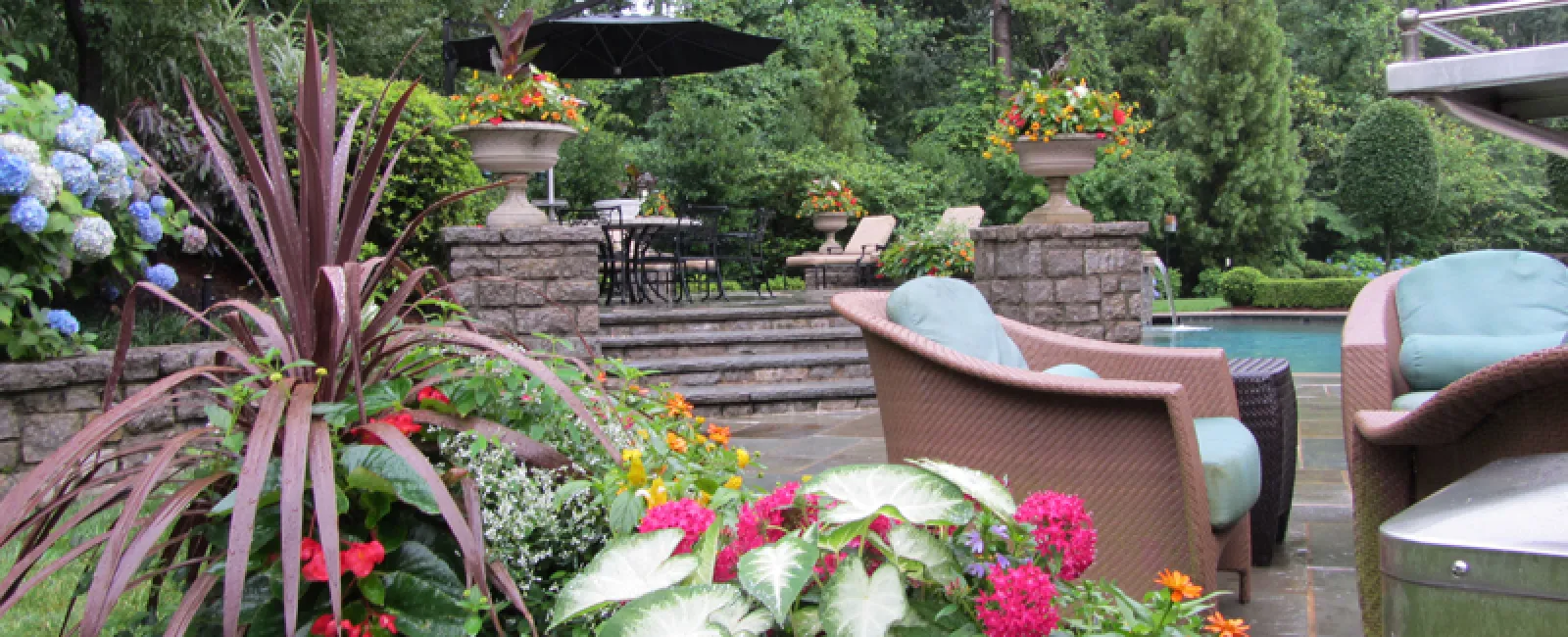Watering Tips
"When should I water my plants?" and "How often should I water?" are the two most common questions we receive from clients everyday.
When it comes to watering, there are no hard or fast rules. It's a variable that depends on the plant type, the soil, the weather and the time of year just to name a few.
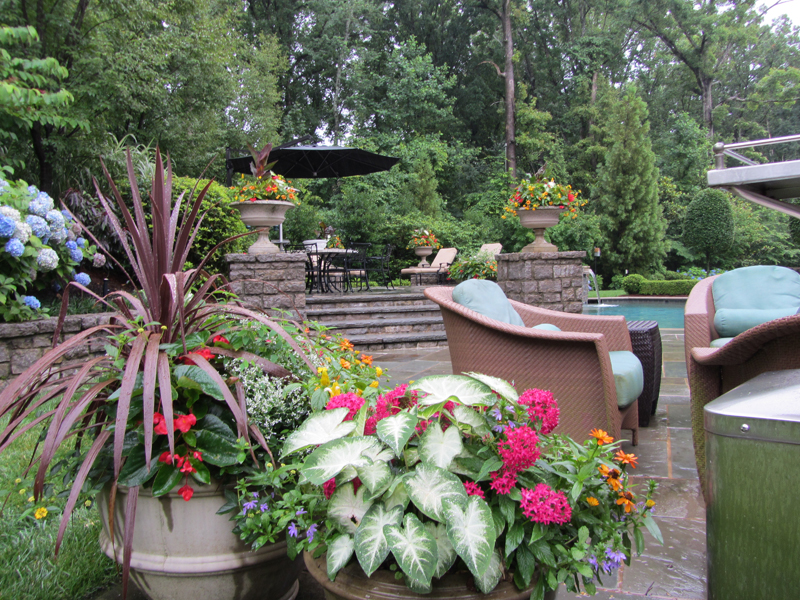
To start, we recommend checking the soil. This is easily done with potted and hanging plants. After thoroughly watering a hanging basket lift it to get a sense of it's weight. Does it feels light? If yes, it's time to water.
The "lift test" isn't practical in your garden landscape or with large containers, but you can use a soil moisture sensor to see if it's time to water. For a more thorough investigation, push a spade into the soil near your plant and pull it back to see how the soil looks. If it feels moist to a depth of 6 to 12 inches, you're in good shape. If it's dry, it's time to water! If it's soggy hold off on the water for a few days and check again.
How to Water?
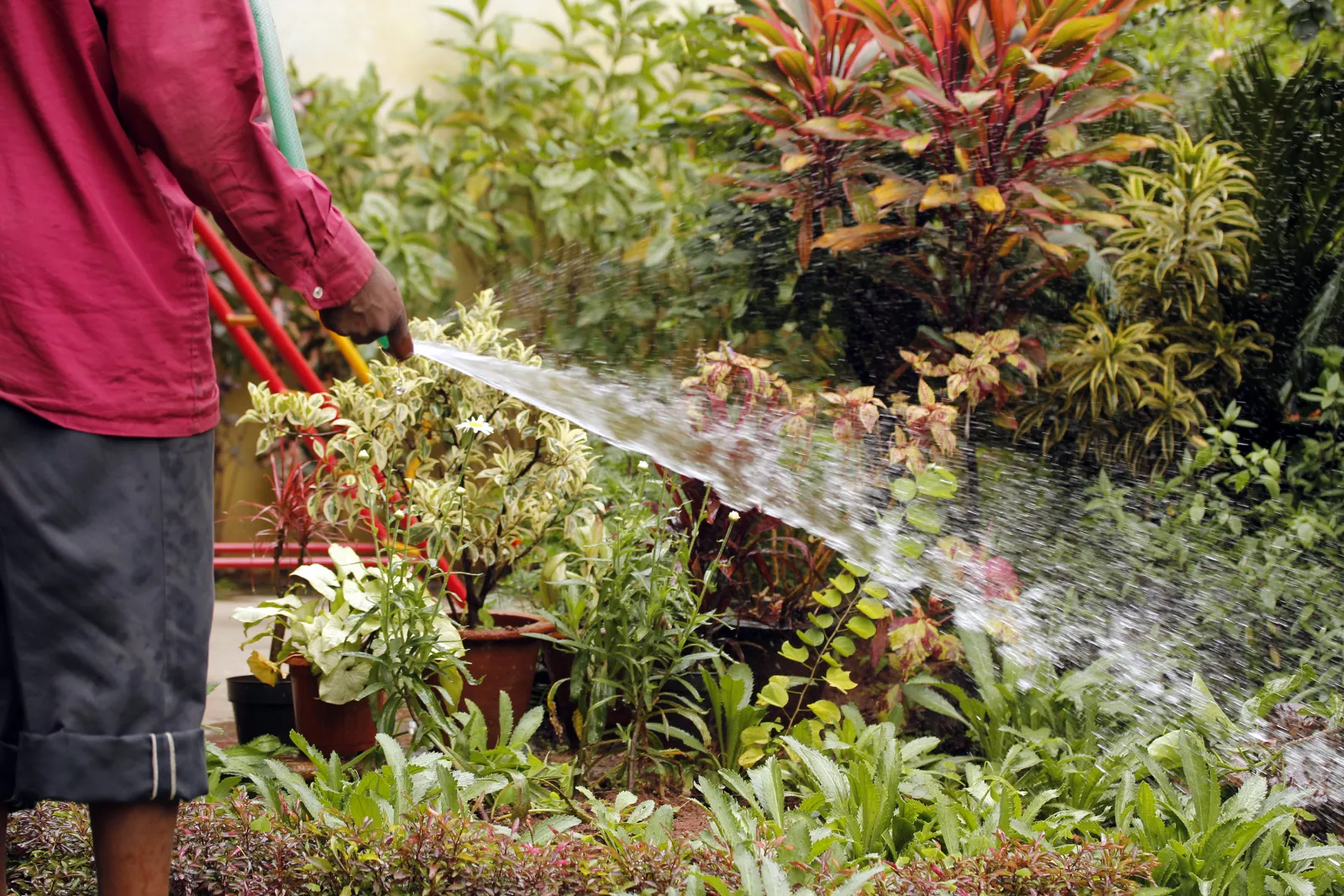
Watering is of no value if the water runs down the outside of the root ball, leaving the roots at the core of the plant dry. This can happen if you water too quickly or apply too much water at once. Slower watering is usually more effective. The key is to ensure that water gets to the root zone — whether you are tending seedlings, watering houseplants, watering a row of tomatoes or soaking thirsty shrubs and trees.
5 Must-Do Watering Tips
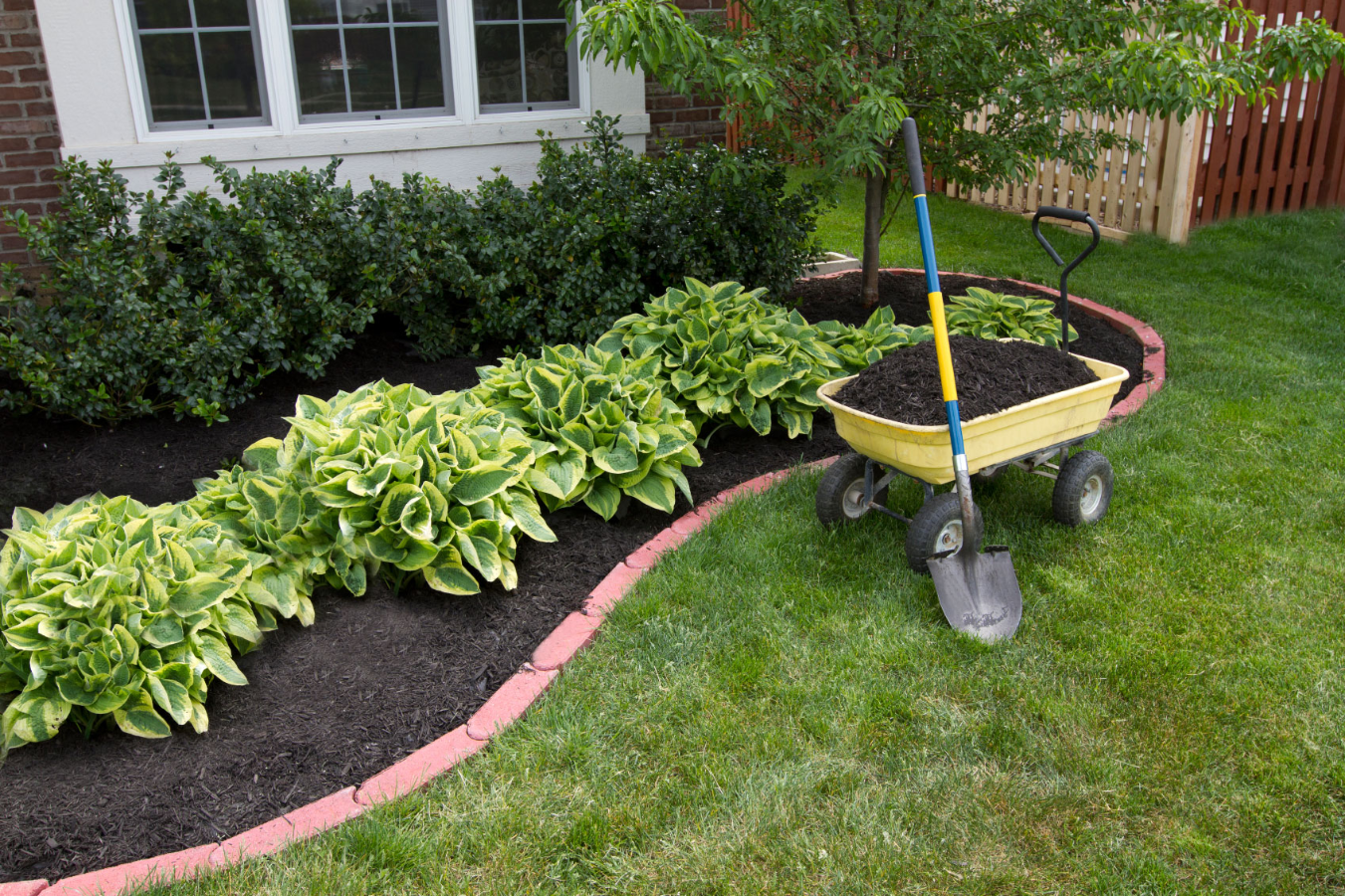
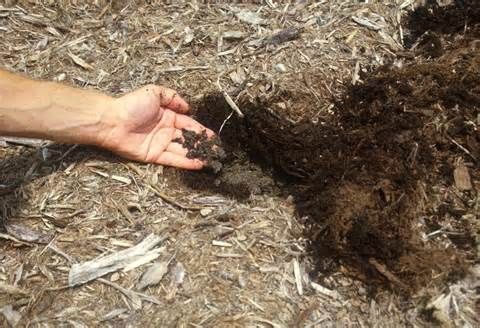
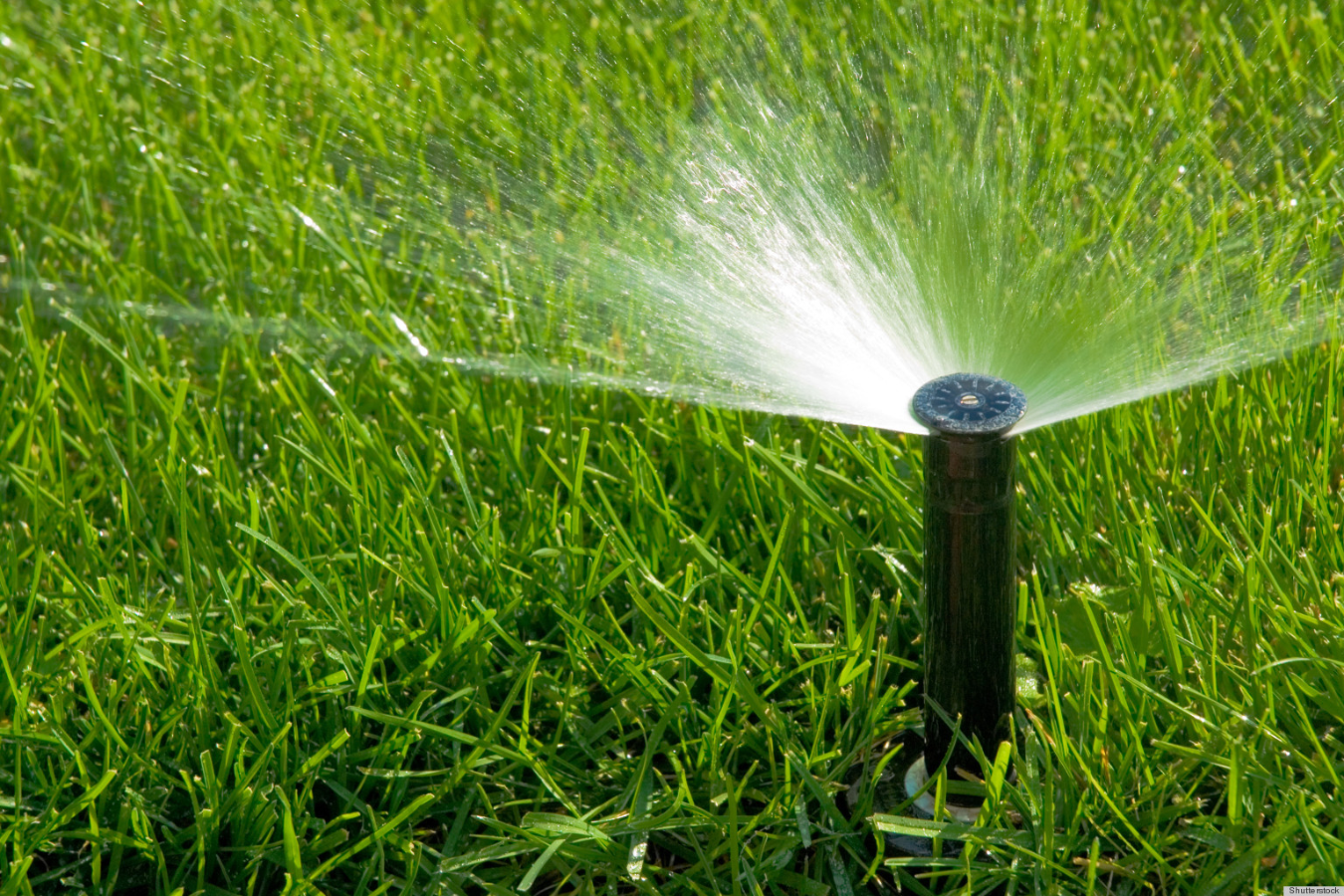
- Focus on the root zone. Remember that it's the roots that need access to water, not the leaves. Wetting the foliage is a waste of water and can promote the spread of disease.
- Water only when needed. Reduce frequency when rainfall is abundant. Too much water can be just as damaging to plants as too little.
- Water deeply and thoroughly. Lawns and annuals concentrate their roots in the top 6″ of soil; for perennials, shrubs and trees, it's the top 12″. In heavy soil, it may take hours for water to percolate down 6-12″.
- Water in the morning. If you do get moisture on the leaves, this gives them time to dry out. It's much more difficult for plant diseases to get a foothold when the foliage is dry.
- Mulch everything. Mulch reduces surface runoff and slows evaporation from the soil.
As winners of over 275 awards, Gibbs Landscape Company offers a proven track record of creative, quality landscape design and maintenance. Our team of highly trained, qualified Landscape Architects and horticulturalist can design and maintain a landscape that will add value to your property for years to come. You deserve the best in landscape design/build and maintenance…you deserve Gibbs Landscape Company.
